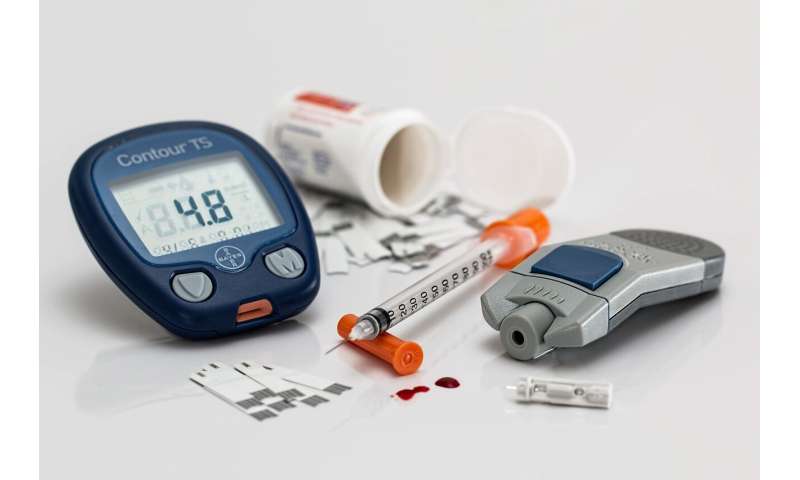
Tuulia Hyötyläinen and Matej Orešič, both researchers in biomedicine, have published two studies on the connection between highly fluorinated chemicals—per- and polyfluoroalkyl substances (PFASs) – and two diseases in children: type 1 diabetes and coeliac disease (US spelling celiac, or gluten intolerance). Both are autoimmune diseases, which arise from an abnormal immune response to the body’s healthy cells or tissues.
The studies are based on a combination of comprehensive metabolomics (analysis of small molecules, i.e. metabolites, in a body), analysis of PFAS, and the system’s biology approach to integrate complex data acquired in the study. The data comes from a group of expectant mothers and children.
Type 1 diabetes is one of the most common chronic diseases among children and younger people in the Nordic countries. Over the past decades, the number of cases has markedly increased. However, the incidence curve has flattened in recent years.
Some children are genetically predisposed for type 1 diabetes, but only a fraction of them, around one-tenth, develop the disease. It is clear that some environmental trigger is needed to initiate the progression to this autoimmune disease. For example, viral infections and diet are suspected to have an influence.
Tuulia Hyötyläinen and Matej Orešič show in this study, published in Environment International, how PFAS impacts lipid metabolism and risk of type 1 diabetes in new-born children. The study includes expectant mothers exposed to these harmful substances at various levels, which are then transferred from the expectant mother to the fetus.
Within the same study, these findings were further confirmed in another prospective clinical study involving children at-risk for type1 diabetes, as well as in two studies in mice (experimental models of type 1 diabetes).
“We show that children exposed to the high levels of PFAS during the prenatal stage have a certain lipid profile. We have previously identified this profile to be associated with an increased risk for type 1 diabetes and the development of the disease in children,” explains Matej Orešič.
In another study published in Environment Research, Tuulia Hyötyläinen and Matej Orešič show a connection between PFAS and coeliac disease.
“These results show that high exposure to PFAS in the womb and in first years of life can accelerate the development of coeliac disease in children,” says Tuulia Hyötyläinen.
PFAS consists of some 5,000 man-made chemical substances in extensive use in society. They are used in a wide range of products, such as coatings in clothing, furniture, adhesives and food packaging as well as in fire-fighting foam.
“Exposure to harmful chemicals in early life, including prenatally, may offer an explanation for the changing incidence of these autoimmune diseases in developed countries and can be connected to other health risks,” says Matej Orešič.
Source: Read Full Article